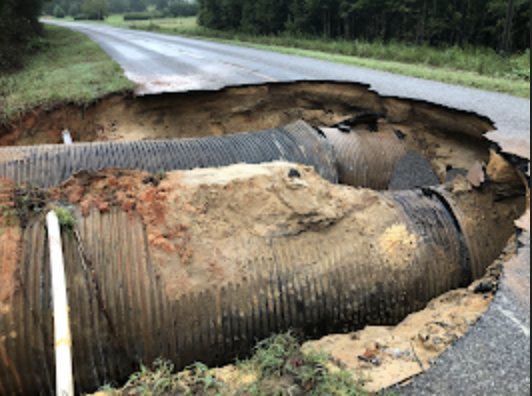Develop a fire safety plan
Published 12:00 am Wednesday, January 17, 2001
Every year, we hear of families losing their homes to fire. It's a special danger in cold winters such as this one with so many people using space heaters and old fireplaces. Property can be replaced but lives, which are lost, cannot.
Professional firefighters say that when a fire is discovered, you may have only seconds to get out. You can't afford to spend valuable time trying to figure a way out of your burning home. For your family's safety, develop a fire escape plan and practice it.
First, sketch out a floor plan of your home. Include significant outside features such as the driveway and any large trees. Next, locate a primary and a secondary escape route from every room. Draw in these routes on your floor plan.
Establish a designated meeting place outside the house so all family members can be accounted for easily. Choose a site such as the mailbox, the end of the driveway or the neighbor's yard-somewhere well away from the house. Mark this meeting place on the plan.
Now, go through your home and make sure all escape routes are clear and easily accessible. Check doors and windows to be sure they open easily.
Screens should be easy to remove or force out. Keep hallways clear and uncluttered.
Make sure everyone in the family knows who is responsible for helping younger children, elderly and any others who might have trouble with the escape routes. Emphasize that once out of the home, no one should re-enter the building no matter what the situation.
Appoint someone to go to a neighbor's home to call the fire department or 911.
Review the plan with all family members. Hold practice drills regularly. Change the location of the "fire" so the family must practice using the secondary escape routes. In a fire, smoke rises, and it's the smoke and fumes that kill more people than do flames. Your practices should involve crawling along the escape routes, keeping low to avoid the smoke layer.
Even a well-rehearsed escape plan can't keep a family safe alone. Make sure you have smoke detectors installed correctly throughout your home. They should be on all floors. You should have detectors outside bedroom doors. Check the batteries monthly and replace them twice a year. Many families replace the batteries on the days the time changes.
Educate your children. Teach them the importance of not playing with matches and lighters.
Make sure they understand the "Stop, Drop and Roll" principle if their clothing catches on fire. They must also get outside to be safe.
You might want to make an appointment to take your children to visit the local fire department. Firefighters will be happy to discuss fire safety with them.
At last year's Family Day we had a fire safety house that the firefighters filled with smoke and let the children crawl through. This impressed on them that in a house fire they probably would not be able to see.
Every one hopes they never experience a house fire. But if you do, preparation and practice could make the difference between life and death.


